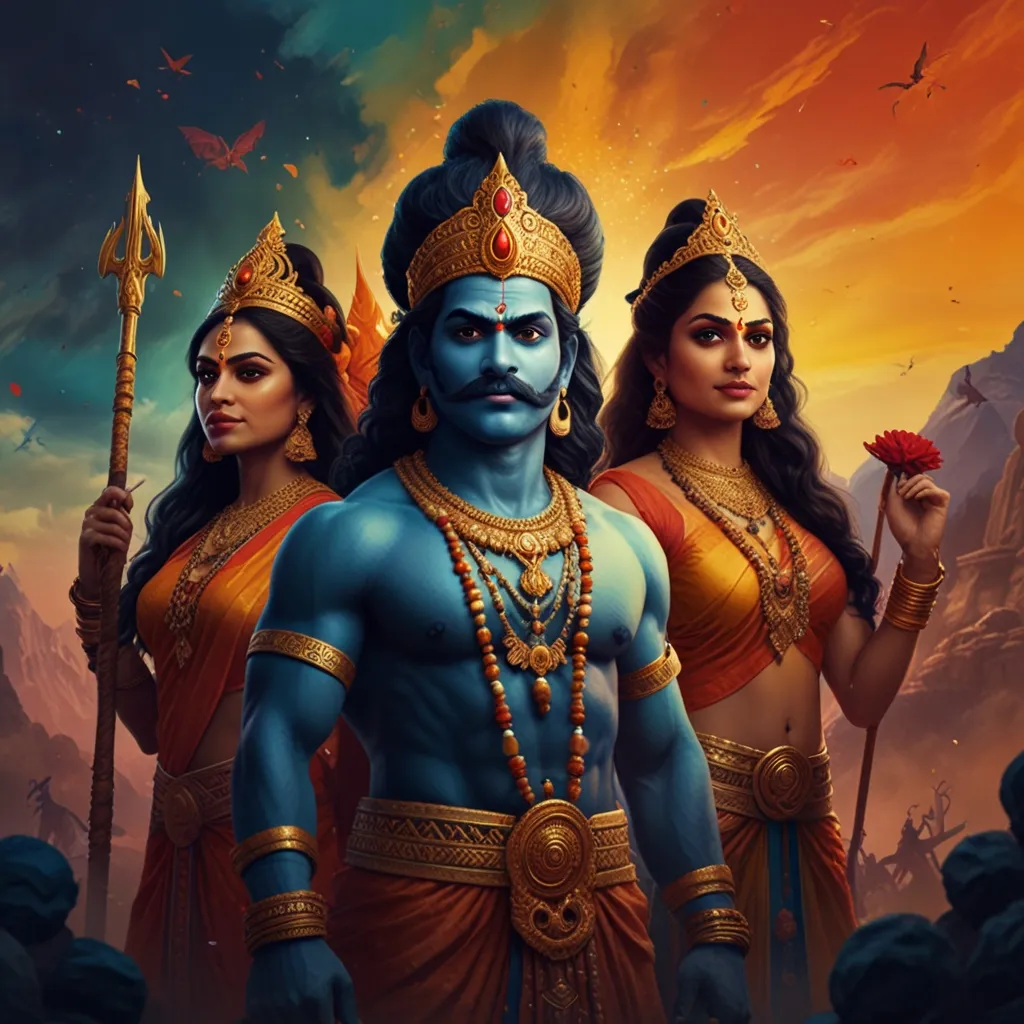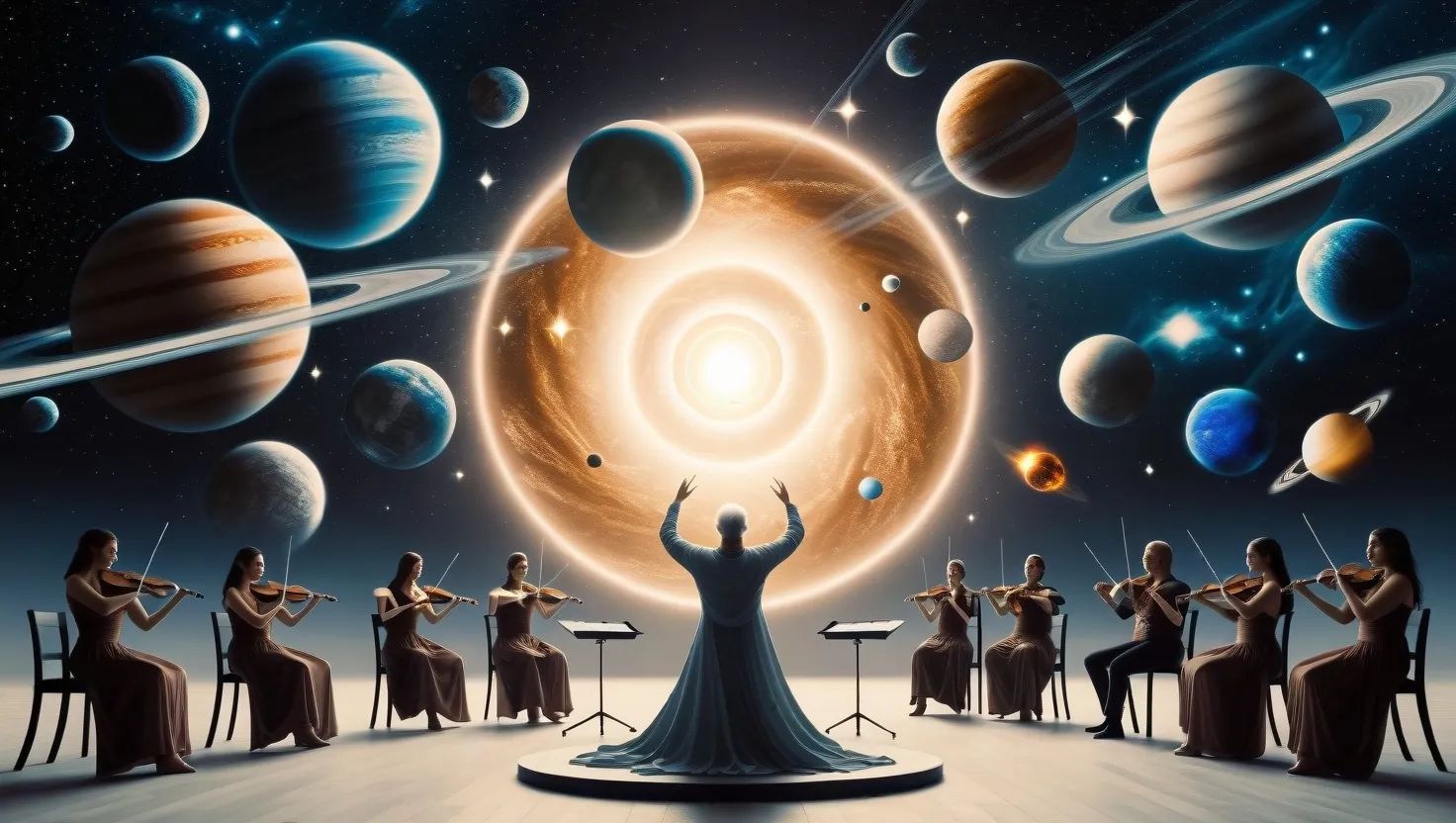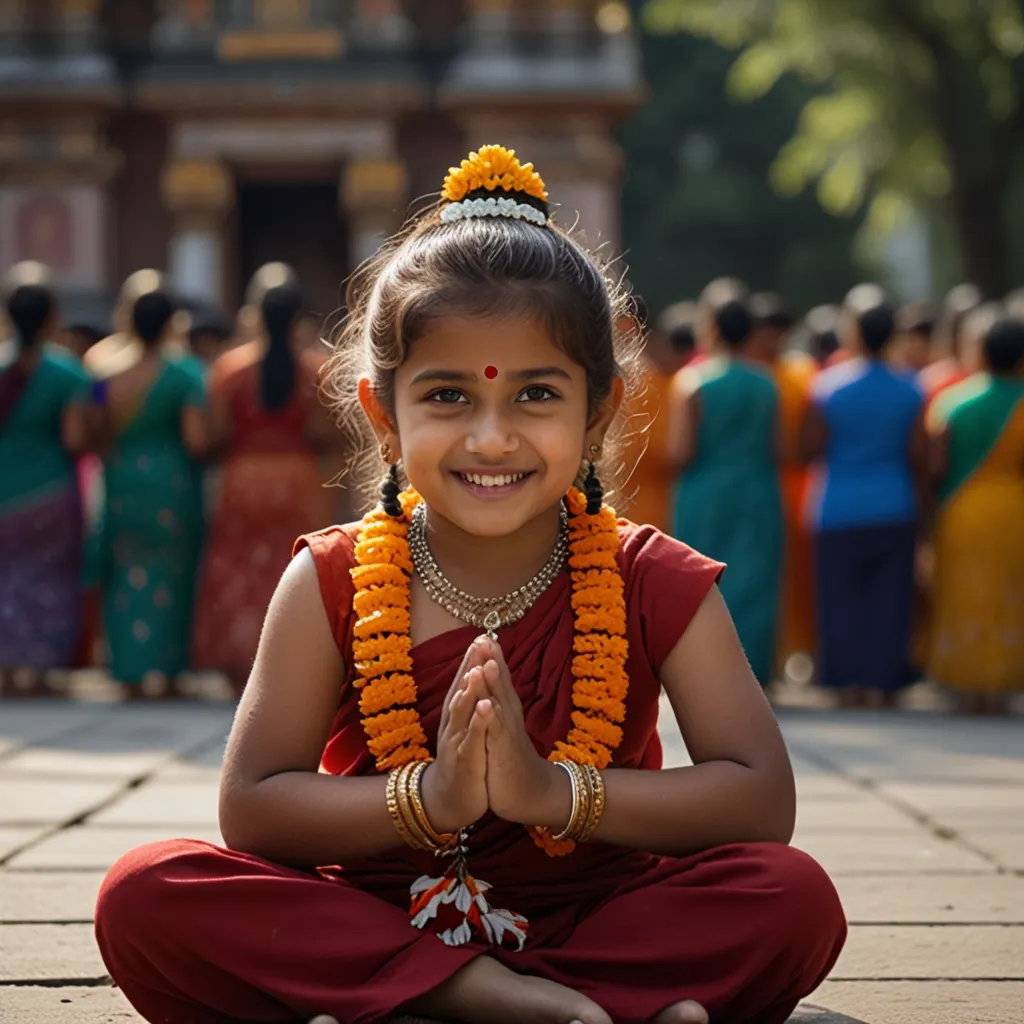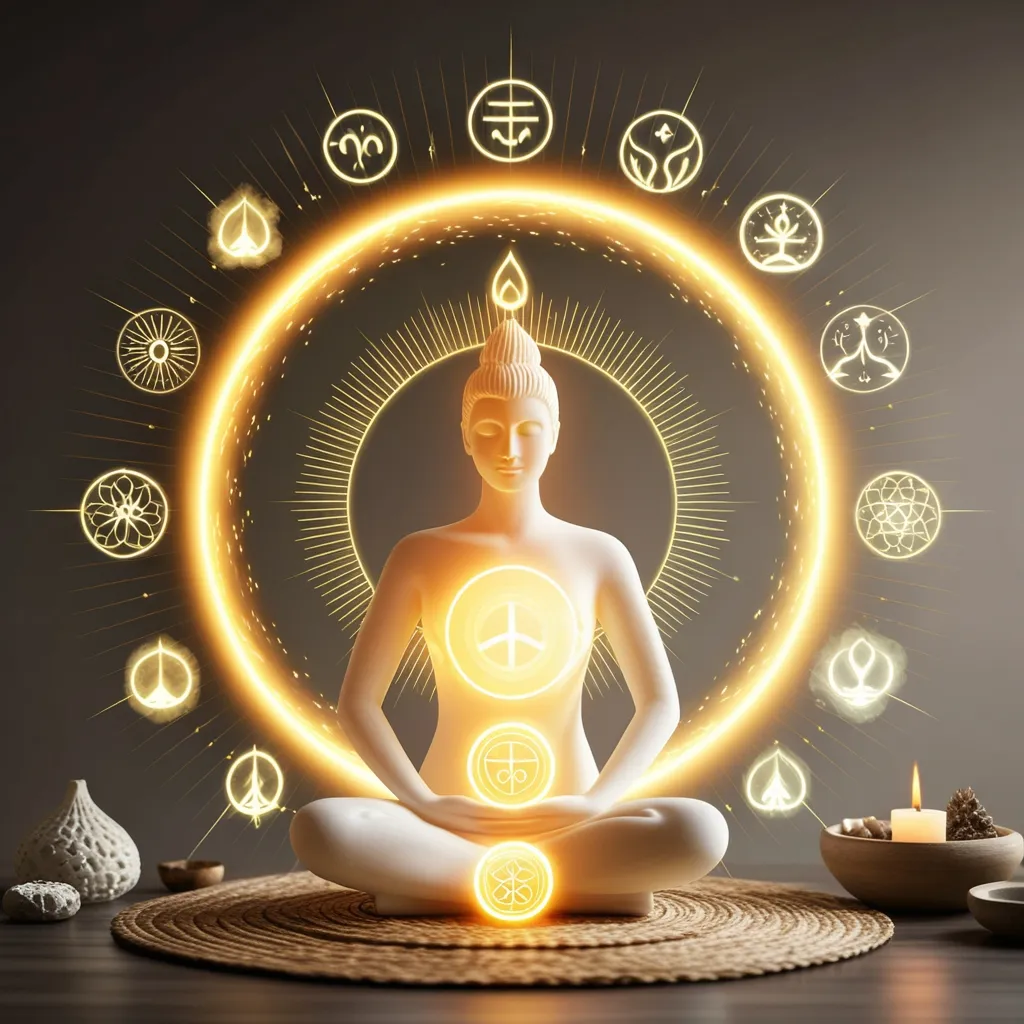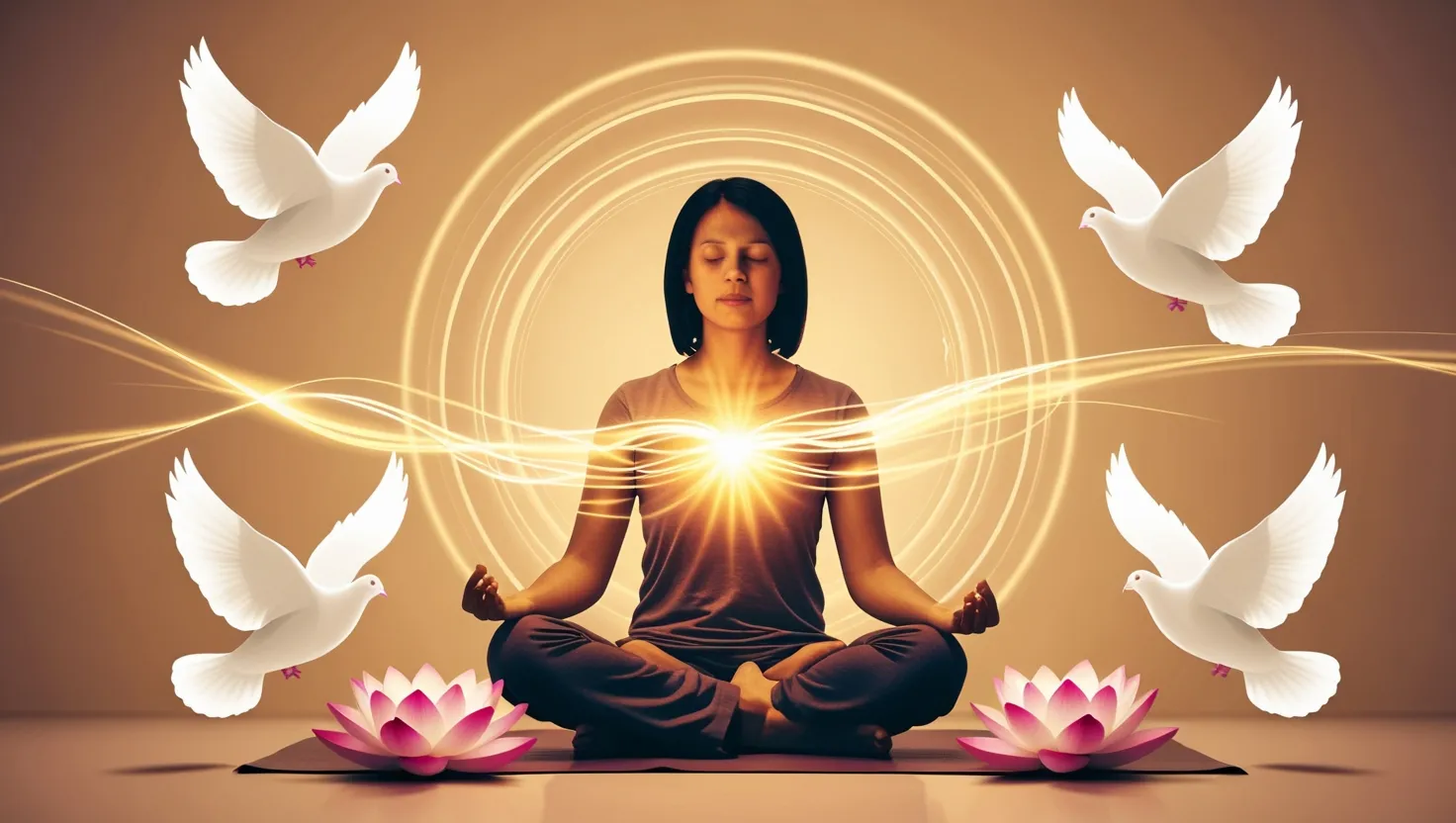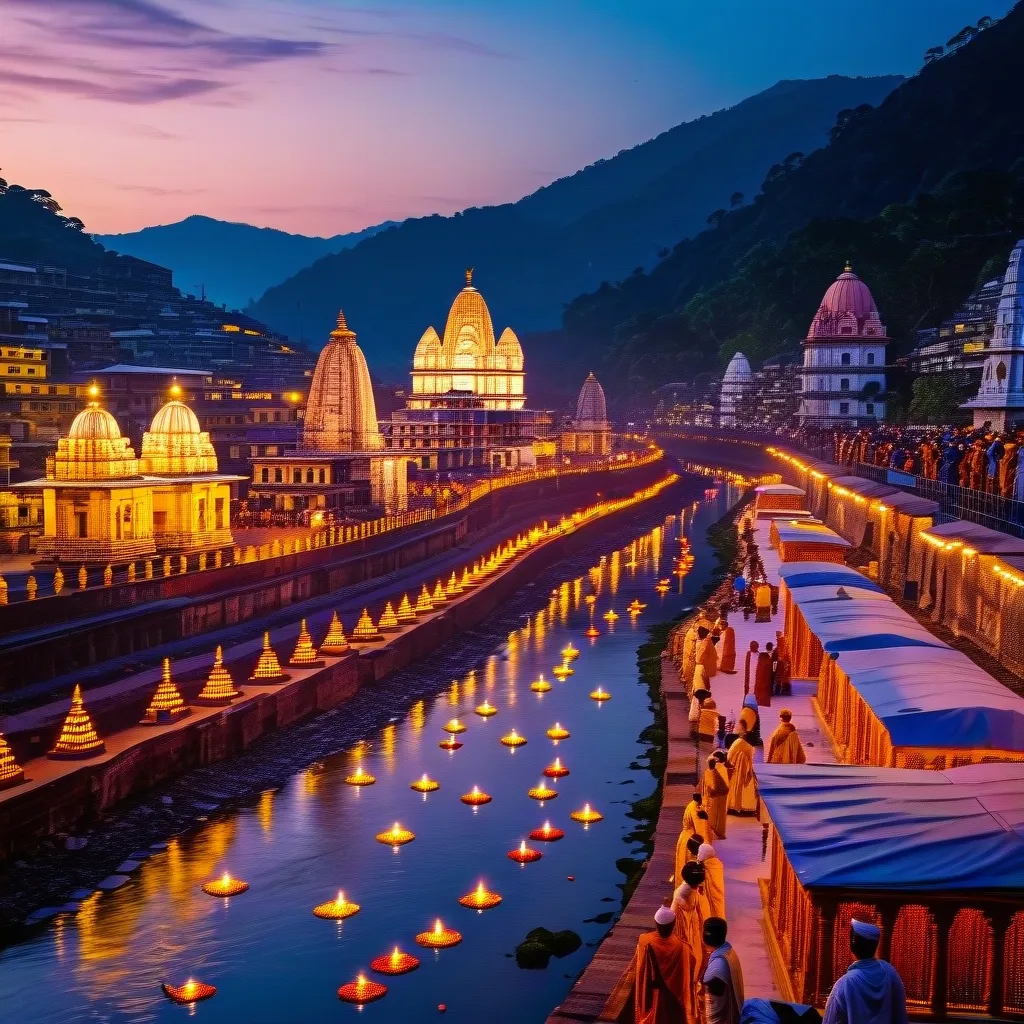Advaita Vedanta is like a hidden treasure within Hindu philosophy, offering a mind-blowing perspective on life by introducing the concept of non-duality. Think of non-duality as this profound idea suggesting that there’s just one ultimate reality, a single supreme being, and everything else, including the stuff we see and touch, is just a scene in this cosmic play called Maya, or illusion. Let’s dive into this mesmerizing world and see how it challenges our usual ways of understanding ourselves and the universe.
So, who is this supreme being, you might wonder? It’s known as Para Brahma, considered the highest form of existence. Imagine something so grand, so limitless, and eternal that it’s beyond everything we know. That’s Para Brahma. It’s the alpha and omega, the creator and the end point of everything. The universe, with all its living and non-living components, dances to its tunes, created and dissolved at its will. This concept makes Para Brahma the ultimate reality, while everything else you see and experience in the world is just a mirage.
And this is where Maya comes in. Maya is fascinating yet tricky because it’s like the world’s best magic trick. It convinces us that the physical world is the only reality, pulling us away from the truth of eternal bliss and unity with the supreme being. Imagine being hooked to your favorite TV series—it’s engrossing and feels real, yet it’s scripted and fictional. According to Advaita Vedanta, our material world is much like that, an elaborate illusion distracting us from the truth. The idea is that we’re supposed to see through this and break free from its grip to reach Moksha—ultimate liberation.
The role of the soul is pretty intriguing in this philosophy. It’s not seen as something unique and individual but more like a spark of the divine, a projection of the supreme being. In a way, the soul is the real deal in the land of illusions—it’s the part that holds a piece of the divine essence. Picture it as a droplet in the ocean of the supreme being. While it’s in the physical body, it animates life, yet it’s not attached to the material world. This non-dual perspective tells us that fundamentally, the soul and the supreme being are one and the same.
Now, let’s talk about Moksha, the ultimate prize. Moksha is that blissful state of freedom where the soul realizes its true essence and merges back with the supreme being. It’s all about waking up from the dream of the material world and breaking the cycle of birth and death. Unlike what some might think, this isn’t just a lofty idea but a practical goal you can aim for through things like self-inquiry, selflessness, and other spiritual practices. It’s the light at the end of the spiritual tunnel.
A crucial figure in this journey is our Atman, or true Self. This isn’t something you find through contemplation or intellectual thoughts but through direct experience. It’s the awareness that doesn’t change even as everything else around it does. The real kicker here is realizing that Atman and Brahman (the ultimate reality) are not two separate things but one and the same. Getting to grips with this concept is what enlightenment is all about, and it brings us closer to realizing our true nature.
So, how does one actually go about realizing this non-duality? The approach in Advaita Vedanta is well-structured, starting with self-inquiry—questioning the essence of oneself and the reality around. Then there’s the practice of selfless action along with meditation and ethical living. All of these practice moves you from ignorance to enlightenment, dissolving the illusion that separates you from the ultimate reality.
Reason and logic can be helpful guides on this journey, but the philosophy stresses the importance of personal experience. Through meditation and reflection, one uncovers the true essence, which theory alone might never fully reveal. Many of us can relate to that feeling of ‘knowing’ something from the heart rather than just the head. Advaita Vedanta encourages exactly this—a realization that goes beyond intellectual speculation to an experienced truth.
Experiencing non-duality is not merely an occasional insight; it’s about permanently shifting to a different kind of consciousness where one feels unified with the universe itself. It’s an ongoing state that redefines your perception and lights up every corner of your existence with an overwhelming sense of peace and connection.
Historically, Advaita Vedanta has been a big player in Indian philosophy, altering the thoughts of numerous thinkers and traditions. Texts like the Upanishads, Bhagavad Gita, and Brahman Sutras form the bedrock of this school of thought. Adi Shankara back in the eighth century really gave it a structure that’s still highly relevant today. Even modern teachers like Eckhart Tolle draw inspiration from these age-old teachings, making them appealing for today’s truth-seekers.
There’s a modern twist known as Neo-Advaita, which cuts straight to the realization without the preparatory disciplines, kind of like skipping to dessert without having the main course. This can be alluring but might leave folks with a thin understanding without the depth of traditional Advaita Vedanta, which is deeply rooted in the Vedas and offers a full framework for spiritual growth.
When everything is boiled down, the ultimate teaching of Advaita Vedanta is about grasping the oneness of everything. This oneness isn’t just something to ponder over, but something to be lived and experienced. It’s telling us that our true nature and the essence of the universe are one and the same, free from boundaries of specific religions or personal identities.
Taking these philosophies into daily life has profound implications. It’s about dissolving the boundaries of the ‘small self’ to embrace a truth where our individual lives are not different from the grand universal pattern. This leads to genuine selflessness and manifestations of goodness and kindness—not as duties but as natural expressions of realizing this truth. Living in this awareness fosters an inner peace that can’t be shaken and a deep sense of fulfillment.
Advaita Vedanta offers more than just answers to life’s big questions. It proposes a shift—a profound realization that our existence and the universe are not separate but united as one. By working towards realizing this, each of us can reach a state of liberation, enjoying a deep and lasting bliss that transcends all illusions of the material world. It’s both a satisfying intellectual adventure and a deeply rewarding experiential journey, inviting everyone to explore their true nature and embrace the oneness that lies at the heart of everything.

